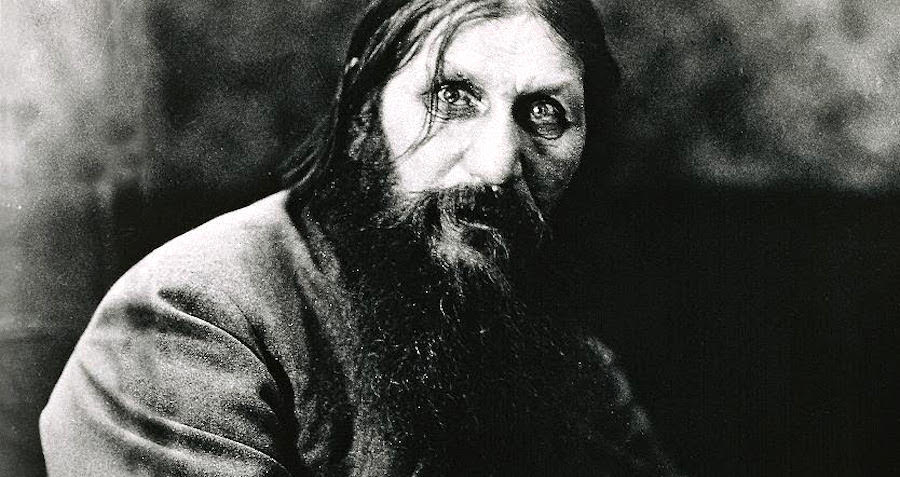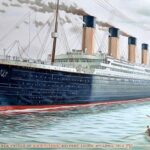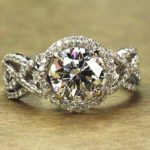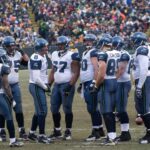Photography as an art form has been around since 1826, when French scientist Joseph Nicéphore Niépce took the first photograph. In the present, photos are now a part of our everyday lives, with cameras even being built into our phones. But it wasn’t quite that easy for a long time. Many historical figures it’s worth noting that we’re lucky to even have photos of them. Here are a few of the most famous people we surprisingly have photos of.
Charles Darwin
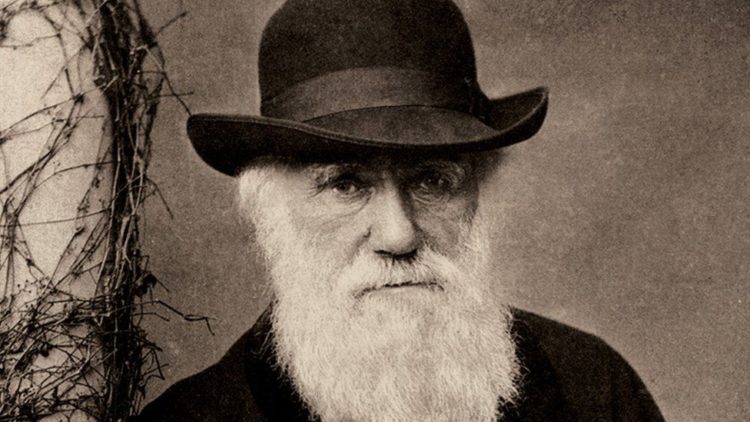
Charles Darwin is one of the most well-known and famous scientists in history. That comes with the territory of coming up with the Theory of Evolution. While a lot of his ideas were rejected by the scientific community and religious organizations in the past, he’s become a widely celebrated naturalist in the present.
Annie Oakley
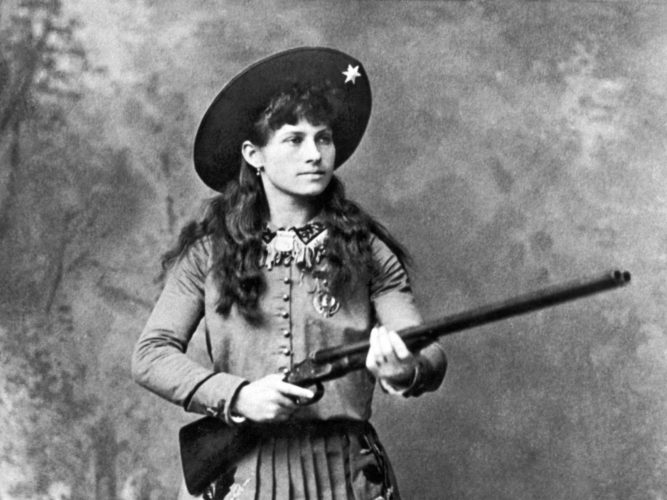
Annie Oakley was the alias of Phoebe Ann Mosey. She was a sharpshooter that worked in Buffalo Bill’s Wild West Show. Having learned how to hunt with a rifle to feed her family, she ended up a public figure after winning a sharpshooting competition at age 15. She joined Bill’s show in 1885 and ended up making more money than any of the other performers, beside Bill, himself.
Butch Cassidy
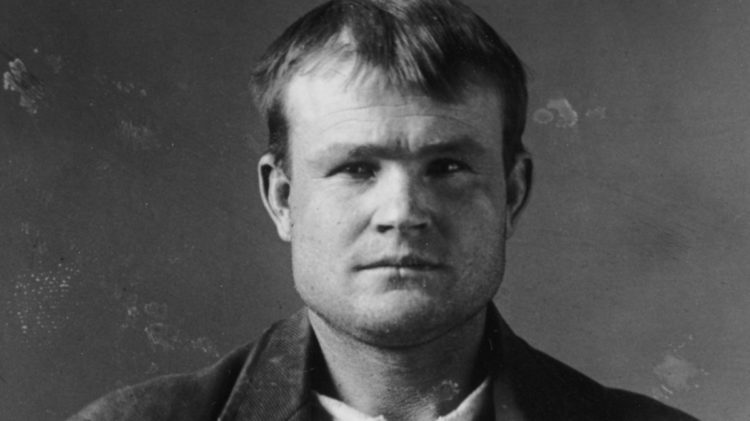
Butch Cassidy is considered an icon of the Wild West. Even if you’re not sure what he did in the past, you probably have at least heard his name. Born Robert Leroy Parker, Cassidy ended up becoming a notorious train robber and lead the outlaw unit known as the “Wild Bunch”. Eventually, he was forced to flee the US with his partner Alonzo Longbaugh, “The Sundance Kid”, and Etta Pace. Supposedly, Cassidy and the Kid met their ends in a shootout with the Bolivian Army in 1908.
John Quincy Adams
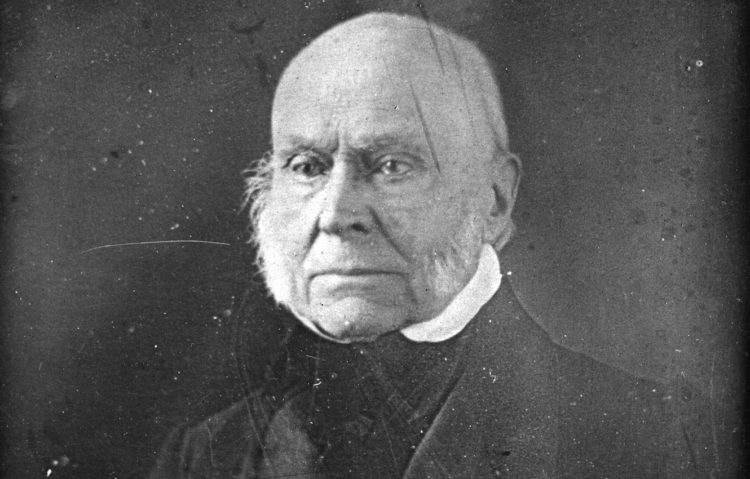
The eldest son of John Adams, the second president of the United States, John Quincy Adams proved to be quite the politician, himself. He was a member of the US Senate and Massachusetts House of Representatives, an ambassador for the country, and, in 1825, the sixth president of the United States.
Harriet Tubman
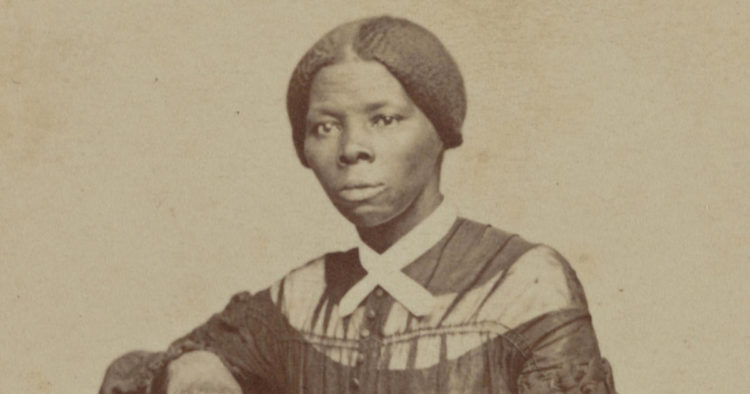
Harriet Tubman’s work with the Underground Railroad as a part of the abolitionist movement before and after the Civil War was well-documented. She had led 13 different missions and rescued over 70 other slaves through the Railroad. During the Civil War she even served as a scout and spy for the Union Army.
Andrew Jackson
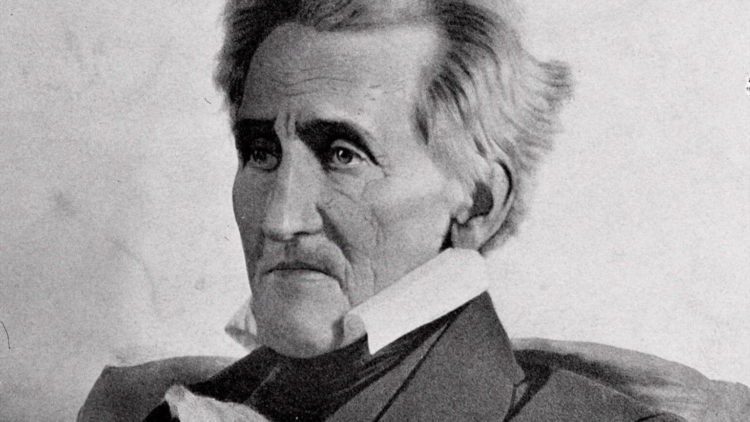
Andrew Jackson was the seventh president of the United States. He had ran against John Quincy Adams previously, but lost. But when he ran again in 1828 he won without question. Additionally he was a member of the US Senate, House of Representative, and a Justice on the Tennessee Supreme Court. He also had quite the record as a soldier, leading troops in the Creek War, War of 1812, and First Seminole War.
Vincent Van Gogh
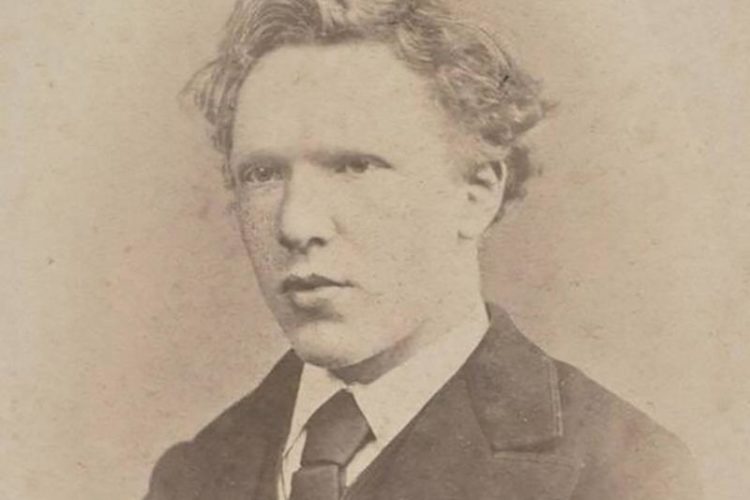
Vincent van Gogh was a Dutch artist. You’re probably familiar with a few of his works. It’d be hard to miss all of them, considering he completed more than 2,000 paintings a decade. Despite being considered a pioneer of modern art, he was all but ignored while he was alive. Unfortunately, he suffered from mental illness, which resulted in delusions and psychotic episodes. Eventually he took his own life in 1890.
Frederick Douglass
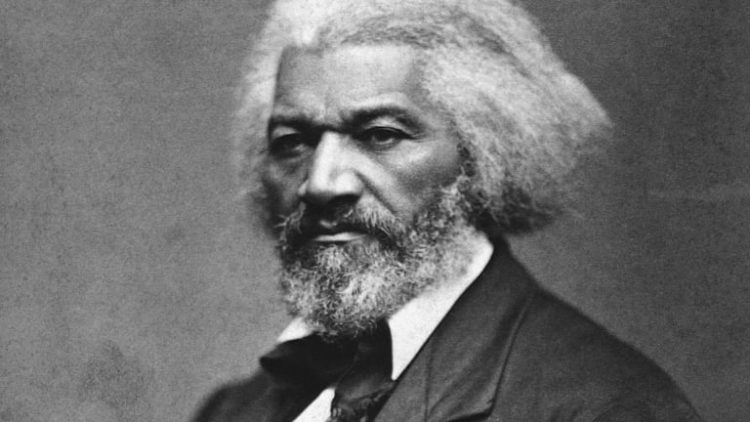
A political leader and revolutionary during the 19th Century, Frederick Douglass’ work is well-known and documented in his autobiography. Escaping slavery from Maryland, he became a leader of the abolitionist movement. His intelligence defied the idea that African Americans could not become independent citizens. He was even the first African American to be nominated for Vice President of the United States.
Samuel Wilson
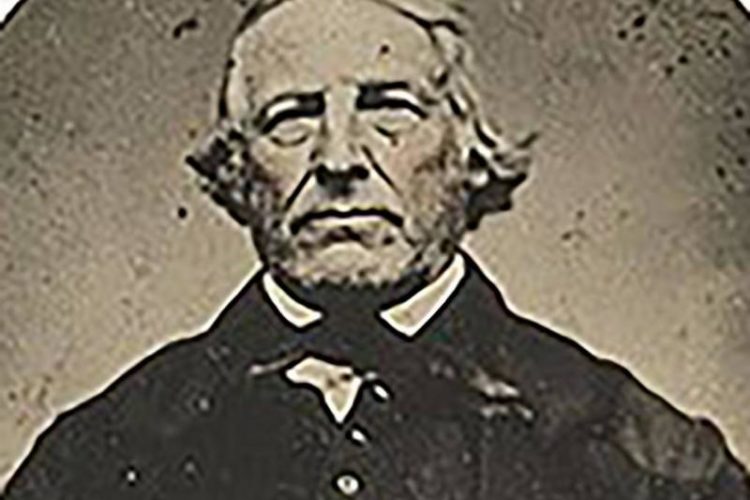
You may not know who Samuel Wilson is, but you definitely know who Uncle Sam is. A symbol of the United States government and culture, Uncle Sam was first used for propaganda during the War of 1812. The rumored origin of Uncle Sam was this man, who worked as a meatpacker during the aforementioned war. His barrels had the letters “U.S.” on them, standing for the country. And some people joked that it really stood for “Uncle Sam”.
Abraham Lincoln
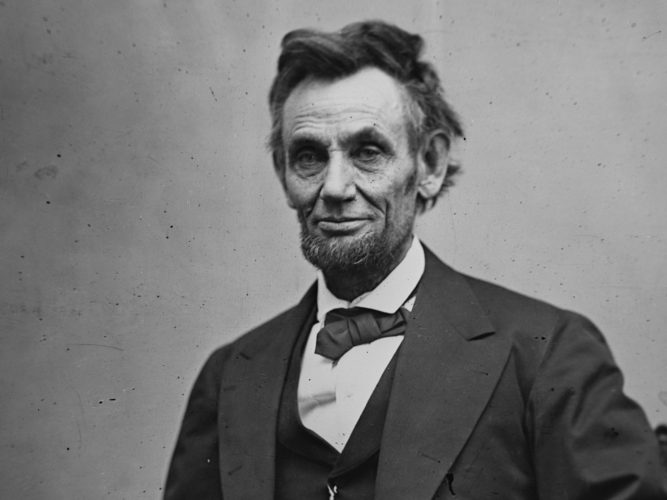
Congressman, party leader, lawyer, state legislator, and president. Everyone knows the name of Abraham Lincoln. The president that led the United States through the Civil War and is credited for abolishing slavery. He was ultimately responsible for managing to preserve the Union, although he was assassinated in 1865. He’s considered one of the greatest presidents to have ever held the office.
Helen Keller
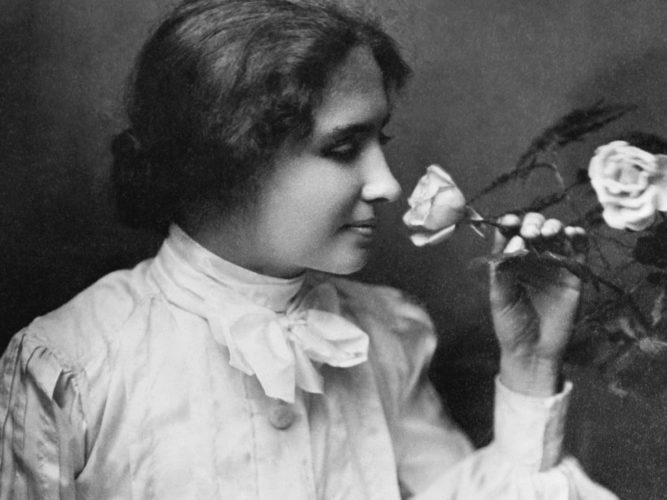
At just one year old, Helen Keller lost her sight and hearing because of an illness. But she later met her teacher and life-long friend, Anne Sullivan, who was able to teach her how to read, write, and communicate, despite her disabilities. She attended Radcliffe College of Harvard university and became the first blind and deaf person to get a bachelor’s degree. She additionally wrote 14 books and many speeches and essays. She was a fierce advocate for women’s, labor, and disability rights.
George Armstrong Custer
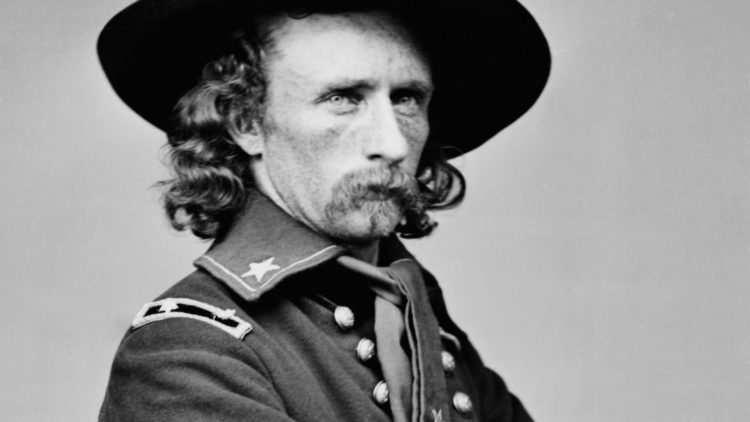
Perhaps, General Custer is known more for his failures than his successes. He graduated in last place from West Point in 1861, but managed to prove himself during the Civil War. At age 23 he promoted to brigadier general. However, during the Native American Wars, Custer met his end. He and the members of the 7th Calvary Regiment met their ends at the Battle of Little Big Horn, outnumbered by an alliance of Native Americans. It became known as Custer’s Last Stand.
Geronimo
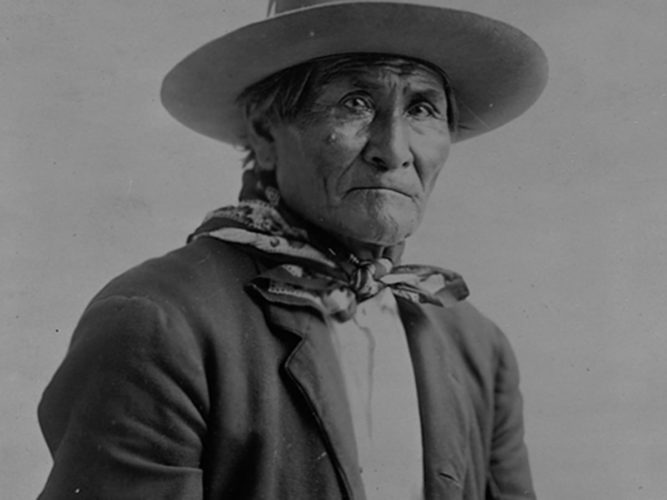
Also known as “the one who yawns”, Geronimo was a leader and healer from the Bedonkohe group of the Apache tribe. He led several raids against Mexican and United States soldiers as a result of Americans settling Apache land following the Mexican-American War. Geronimo was constantly on the run, having broken out of several Native American reservations until he was finally captured.
Wright Brothers
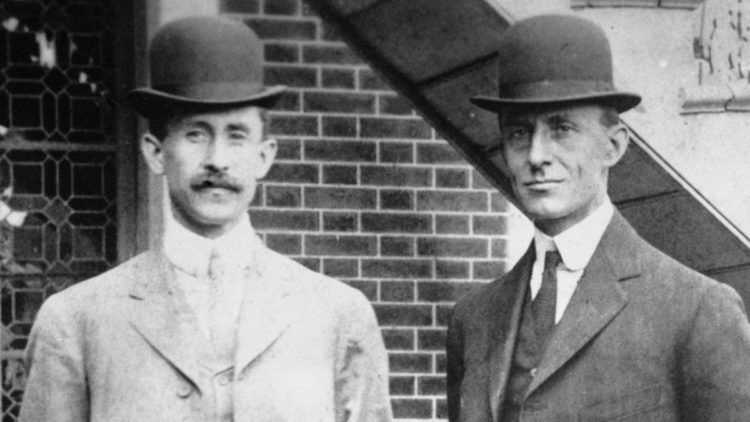
Orville and Wilbur Wright were responsible for working on several different devices. However, their most famous invention is certainly the first motor-operated airplane. Their first airplane was called the Wright Flyer, taking its maiden voyage on December 17th 1903 in Kitty Hawk, North Carolina. The brothers also invented aircraft control to make fixed-wing flight possible.
Emily Dickinson
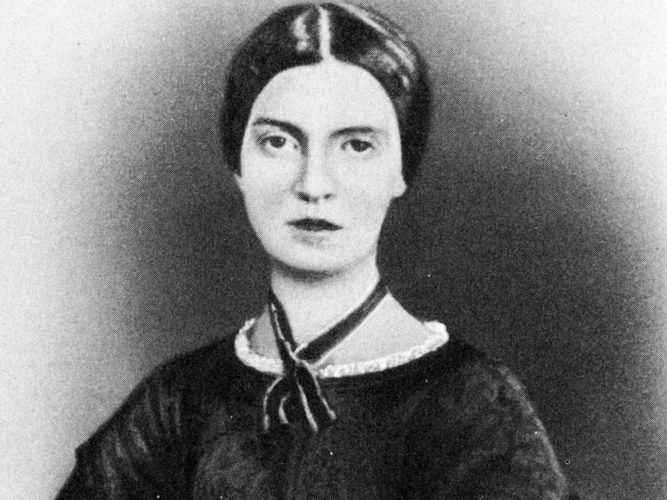
A famous poet, Emily Dickinson was responsible for writing 1,800 different poems. Unfortunately, prior to her death, only ten of those poems, and one letter, were actually published. Her style of poetry was quite different for the time. She used short lines, no titles, and slant rhymes in her writing.
Sylvia Plath
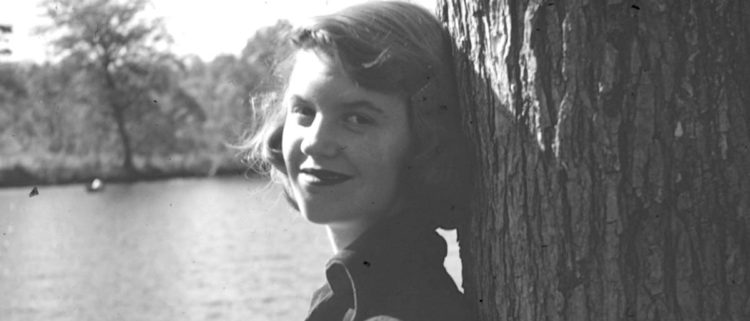
Another poet, Sylvia Plath was responsible for writing several poems, novels, and other writing collections. Her most well-known writings are The Bell Jar and two collections of poetry titled Ariel and The Colossus and Other Poems. She died in 1963, but was awarded a Pulitzer Prise in Poetry in 1982 post-mortem.
Robert E. Lee
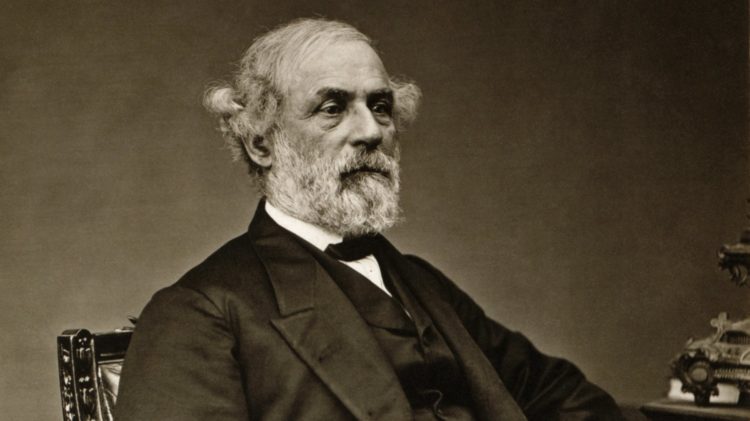
A more controversial figure in the present, Robert E. Lee is best known for his role as a general in the Civil War. Although, he fought for the Confederacy. He was regarded as an excellent tactician and had an excellent battle record. He later became the president of Washington College, which was later renamed Washington and Lee University.
Marie Curie
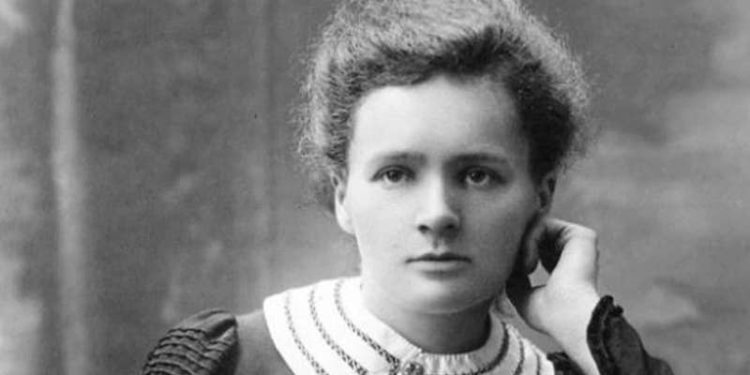
A chemist and physicist, Marie Curie was best known for her research on radioactivity. She actually came up with the word for it. She became the first woman to win a Nobel Prize, as well as the only woman in history receive two.
James K. Polk
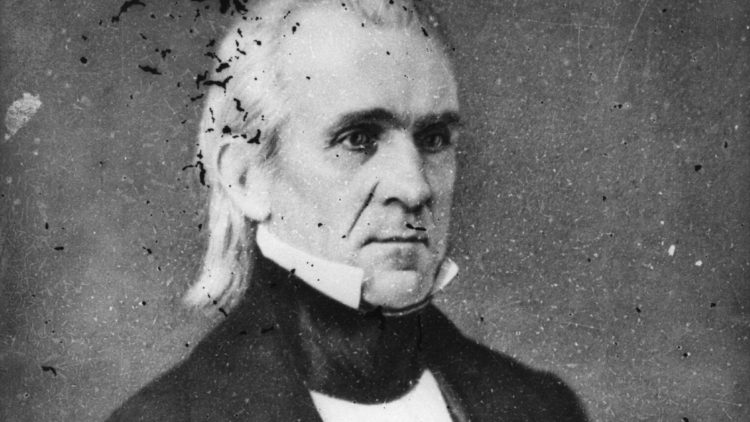
The 11th president of the United States, James K. Polk isn’t quite as famous as other presidents like Abraham Lincoln and John F. Kennedy. However, he had a surprisingly effective presidency. He strengthened the executive branch, won the Mexican-American War, and lowered tariffs. He was also the first president in history to step down after on term and didn’t seek re-election.
Rasputin
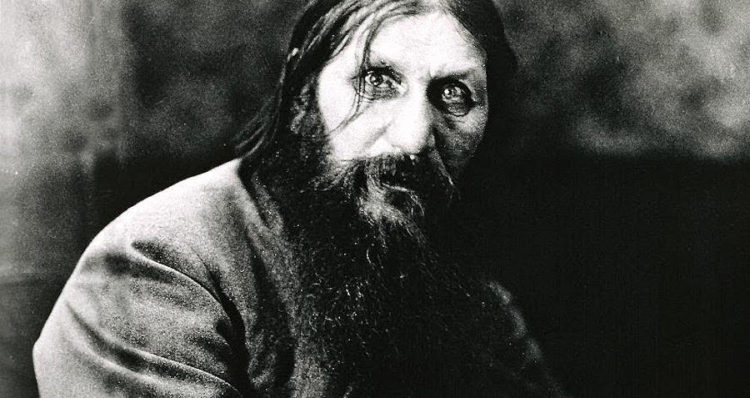
Grigori Efimovich Rasputin was a Russian mystic that worked for the Tsar, Nicolas II. Although he had befriended the royal family, he also betrayed them. Rasputin has appeared in films and even a song, having left his impression on the history of the world.
Ernest Hemingway
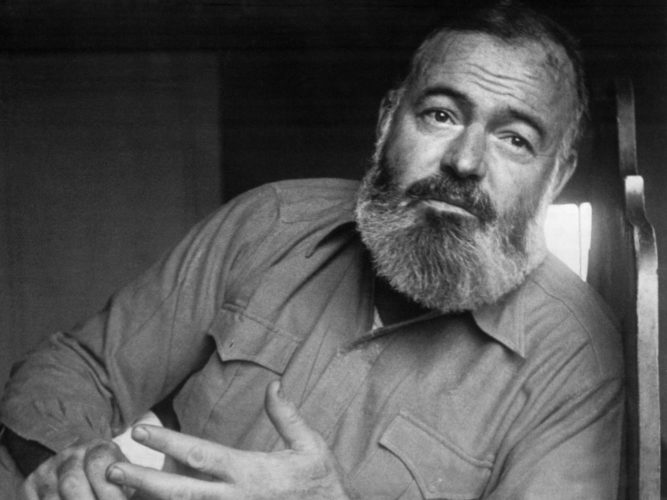
Ernest Hemingway’s influence on 20th Century literature is immense. Some of his most famous novels include The Old Man and the Sea, Farewell to Arms, and For Whom the Bell Tolls. And in the present, many of his works are considered classics.
Anastasia Nikolaevna
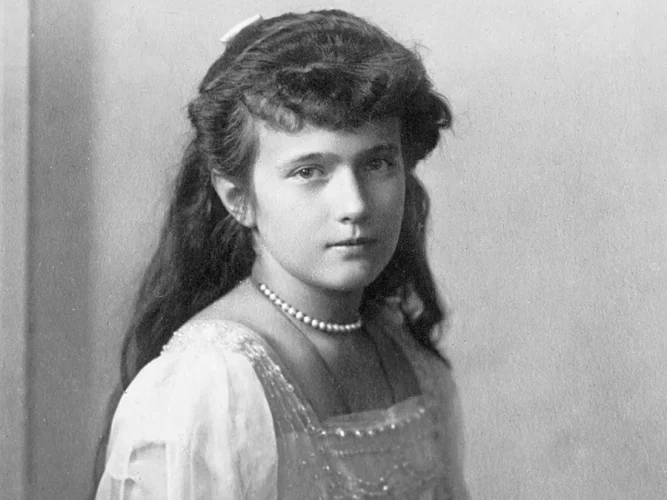
The Grand Duchess of Russia, Anastasia Nikolaevna was the daughter of the Tsar, Nicolas II. Her father was the last Tsar of Russia, as her and her family were killed during a siege of the palace in 1918.
Edvard Munch
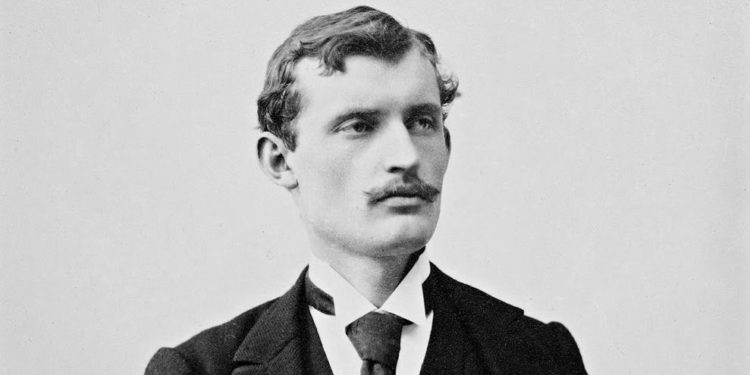
A Norwegian painter, a lot of people assumed Edvard Much was insane during his time. His most famous painting, The Scream. didn’t help with that assumption. Although, Munch suffered from clinical anxiety and hallucinations. Munch did seek help, admitting himself to a therapeutic clinic in 1908.
Charles Dickens
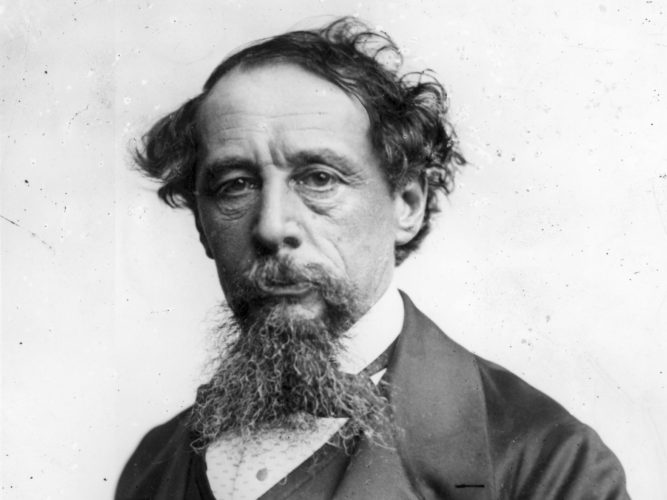
Charles Dickens is another author who wrote many classic pieces of literature. Today, people read his novels such as Great Expectations, Tale of Two Cities, and Oliver Twist. Many of them were even adapted into plays and films. Unfortunately, throughout his lifetime, Dickens suffered from severe depression and bipolar disorder.
Nikola Tesla
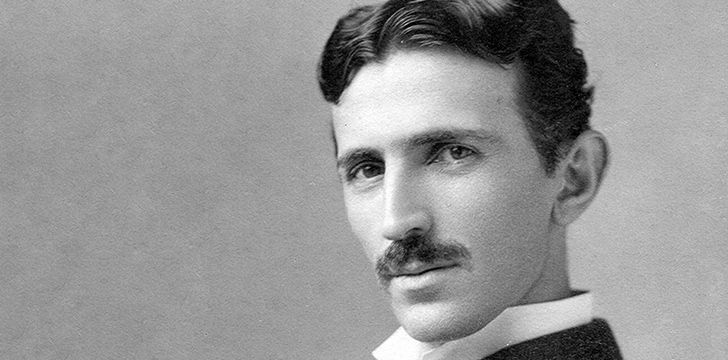
A Serbian-American inventor, futurist, and engineer, Nikola Tesla was one of the greatest minds of his time. He even had a notable rivalry with Thomas Edison. Tesla was believed to suffer from some kind of mental illness. It’s believed he had an incredibly bad case of OCD, compelling him to wear white gloves during every meal.
Sponsored Content

